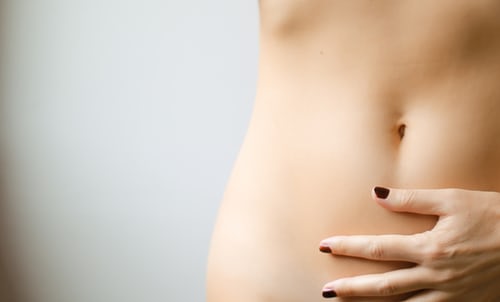What Are Fibroids?
Fibroids are growths of a non-cancerous nature that develop around or in the uterus (womb). Fibrous and muscle tissue make up the growths, which differ in size. They are often known as leiomyomas or uterine myomas. A lot of women are unaware that they have fibroids because they do not notice any of the symptoms associated with them. If you do have fibroids, there are a number of different treatment options available to you, including non invasive fibroid treatment. So, continue reading to discover everything that you need to know about fibroids.
What are some of the symptoms that women do experience?
As mentioned, a lot of women do not have any symptoms, and therefore, they do not realize that they have fibroids. However, around one in three females can experience one of the following symptoms: discomfort or pain during sex, constipation, a frequent need to urinate, pain in the lower back, tummy pain, or painful or heavy periods. In rare instances, further complications that are caused due to fibroids can impact pregnancy and even result in infertility.
What are the different types of fibroids?
Fibroids can vary in size considerably, and they can grow anywhere within the womb. Some can be the size of the melon, yet others can be as small as a pea. There are three different types of fibroids: submucosal fibroids, subserosal fibroids, and intramural fibroids, with the latter being the most common type.
Why do some women develop fibroids?
It is not known the exact cause of fibroids. However, they have been linked to oestrogen, which is a hormone. Ovaries produce this female reproductive hormone. Fibroids will typically develop during a female’s reproductive years, i.e. from the age of 16-years-old to 50-years-old. This is when oestrogen levels tend to be at their highest. When oestrogen levels are low, for example, when a women’s monthly periods stop due to the menopause, they will typically shrink.
How common are fibroids?
Fibroids are common. In fact, at some point in their life, approximately one-third of the female population will experience fibroids. They tend to typically occur in females between the age of 30-years-old and 50-years-old. Fibroids are believed to develop more frequently in women who have African-Caribbean origin. It is also believed that being obese or overweight increases the risk of fibroids, as this results in a higher amount of oestrogen in the body.
If fibroids are not causing any symptoms, they typically do not need to be treated. They will get smaller over time and disappear, especially after the menopause. However, if you are experiencing any of the symptoms mentioned above, it is advisable to seek treatment so that you can lead a more comfortable life.
We hope that this post has helped you to get a better understanding of what fibroids are and who can be impacted by them. As you can see, they differ in size considerably, and the symptoms differ too. If you notice any symptoms, seek professional medical help.

